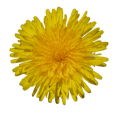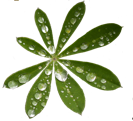forming a network


natural drift
Maturana refers to evolution as natural drift ... an indeterminate shifting that follows along whatever relational coherences pertain at the time that each minor change in the being or its niche takes place. However each step becomes the grounds for what is possible next; it is an epigenic process.
The phrase he uses to describe this is “the ontogenic phenotype ontogenic niche relationship.” The ontogenic part implies the changing physiology and behaviour as the being matures, and of course the niche also develops along each stage of the life cycle. Recall that a huge portion of the niche living beings is other living beings, hence the niche can change as fast as the network of relationships change.
The drift between being and niche can be influenced by both the structure of the bodyhood (phenotype) and the structure of the niche at any stage in the life history of the being. Sometimes a change to a relevant connection happens with juvenile beings, sometimes with adults.
For a species to persist, the organism must be able to live long enough for independent offspring to be generated.
another general “law” of the universe
The course of the history of interacting systems is determined by the relations between them that are conserved
… while …
the interacting systems change around the conservation of the configuration of relations that define them
Maturana, pers com,
and likely published in several places
This is a matter of conserving organization in two different domains, the compositional and the relational. With living systems the entities each conserve both autopoiesis, and adaptation. It is through the reciprocal conservation of adaptation, i.e. structural coupling, that the biosphere evolves as a coherent network of beings and relationships.
more or less connected
People speak about how everything on earth is connected to everything else. However, that does not mean all the connections are equally relevant; some have a stronger influence than others. And it takes a chance alignment of all kinds of intermediate steps for a small local change to percolate through a system in such a way that a major change happens.
Some changes percolate upwards, others happen only when the surrounding situation provides an appropriate context.
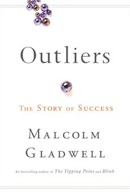
Malcolm Gladwell writes well about this sort of thing in social systems in his book Outliers. He has several interesting and compelling stories of how the success of some individuals came about just because their activities happened to line up right with other events. Other equally capable persons simply did not happen to happen in the same “window” of dynamic connections. Of course, unless the person acted properly with those connections, the success could not have happened.
This book is recommended reading for good examples and some good explanations about the systemic nature of change.
biosphere
The biosphere is a open-ended constellation of living systems in coherent networks of relations that may be conserved, or not.
The biosphere has changed immensely and “often” along the long string of earth’s history.
I like to refer to the biosphere as “lumpy”... in other words some connections are denser than others and locally meaningful though not necessarily “felt” at distance.

The work of the Resilience Alliance is concerned in part with ecosystem changes in what is known as a Panarchy... systems changing together in nested adaptive cycles that link human and natural processes. This course is not the place for further details on this... but if you are curious, feel free to ask! (I worked on the development of the book with Gunderson, Holling et. al.)
Gaia lost, and recovered
whim, preference, and choice
Since evolutionary drift occurs through the relationship between living being and its niche, the manner of behaving, the particular actions preferentially taken by an organism can have a long term and enduring influence on the path of evolution.
This is why I have come to consider that the manner of our behaving is critical to our human evolution, and why I coined the different behaviour based possible subspecies of humans: Homo sapiens amans, H. s. arrogans, and H.s. agressans. I think in our choices we literally influence the path of human evolution. (publication available)
We human beings can reflect on alternatives, and hence choose. Other living systems simply find one direction or another more comfortable or more inviting. When we see an animal apparently considering alternatives, looking one way, and then another, we can imagine that facing one way feels better than the other... so it goes that way.
We too act on whims, i.e. unconscious preferences. We speak of having acted without conscious intent afterwards as “it felt right” at the time.
optional mini essay on whim and evolution
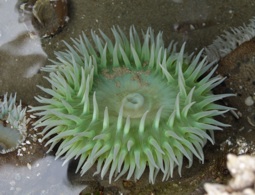

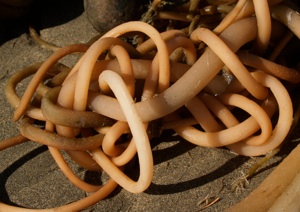
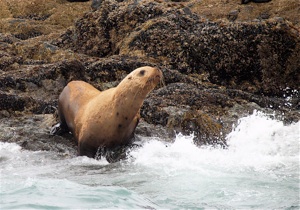
mini story: watching some fish


